One of the issues that most people worry about when traveling to Thailand is the weather, specifically the monsoons. It seems that almost no one likes to travel during the rainy season, although, to be honest, unless your trip is solely to enjoy the beaches, in Thailand it may not be a big problem.
So which is the best time to travel to Thailand? It depends. It depends on the area you want to visit, and the activities you want to do. One coast is not the same as the other, just as the temperatures between the north and the south are very different.
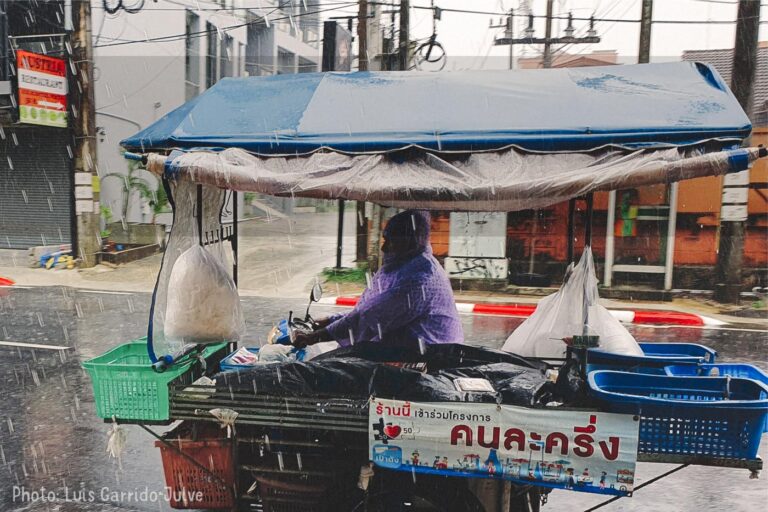
Below we will try to explain the climate of Thailand, breaking down the temperatures in the different regions month by month and with a map that can be interpreted at a glance.
If you look at all the maps below, you will see that the best time is from November to February, when the northeast monsoon blows cold, dry air and so reduces the heat.
Does this mean you can’t travel to Thailand the rest of the year? No, you can do so without any problem. Don’t be discouraged if you’re planning to do it at other times, because you’ll have alternatives. Keep reading.
The first thing to know is that the climate in Thailand is generally hot and humid in most of the country and for most of the year. The factor that controls this climate is the tropical monsoons (in Thailand there are two, the southwest and the northeast), and these divide the climate into three: hot season, cold season, and rainy season.
The weather in central, northern and northeastern Thailand (the provinces without beaches) is determined by these three seasons, while the southern regions on the coast of Thailand have only two.
As we have already mentioned previously, Thailand’s climate is divided into three seasons:
The issue of Thailand’s monsoons is a concern for many people, as they usually coincide with the summer season in Europe, just when many people take their vacations. We are going to explain a little about what they are and how they affect the country’s climate, and we will try to clarify some doubts that travelers often have.
There are two monsoons that affect Thailand’s climate:
Just because it’s not the best time to travel to Thailand doesn’t mean you can’t go. The rain is often intermittent, meaning that sometimes it starts to rain heavily but then stops and the sun shines.
If you are in inland areas of the country, this should not be a problem, as you can visit many places when the sun is shining, and shelter from the water when it rains.
Beaches and islands are a different matter, as many of them tend to have closed sea connections. The good thing is that, when it rains in the east, it doesn’t rain in the west, and vice versa. You just have to choose well which area of Thailand with beaches to visit, one or the other. You have a very complete article on the best islands in Thailand (coming soon) and the best time to visit them that will clear up your doubts.
For everything else, there is nothing better than taking a look at the maps below, where you can check the weather in Thailand for each month, from January to December.
If the date you have chosen is perhaps not the best time to travel to Thailand, don’t worry, because we are going to offer you some information about the weather in each month of the year, so you will know which areas you can move to without having to worry so much about the sky. Just one click will take you to the specific month, with a map, graphics and more. We hope you find it useful!
January is one of the best months of the year to travel to Thailand, with favorable weather conditions throughout the country. In fact, it is one of the most popular months for tourists arriving from all over the world.
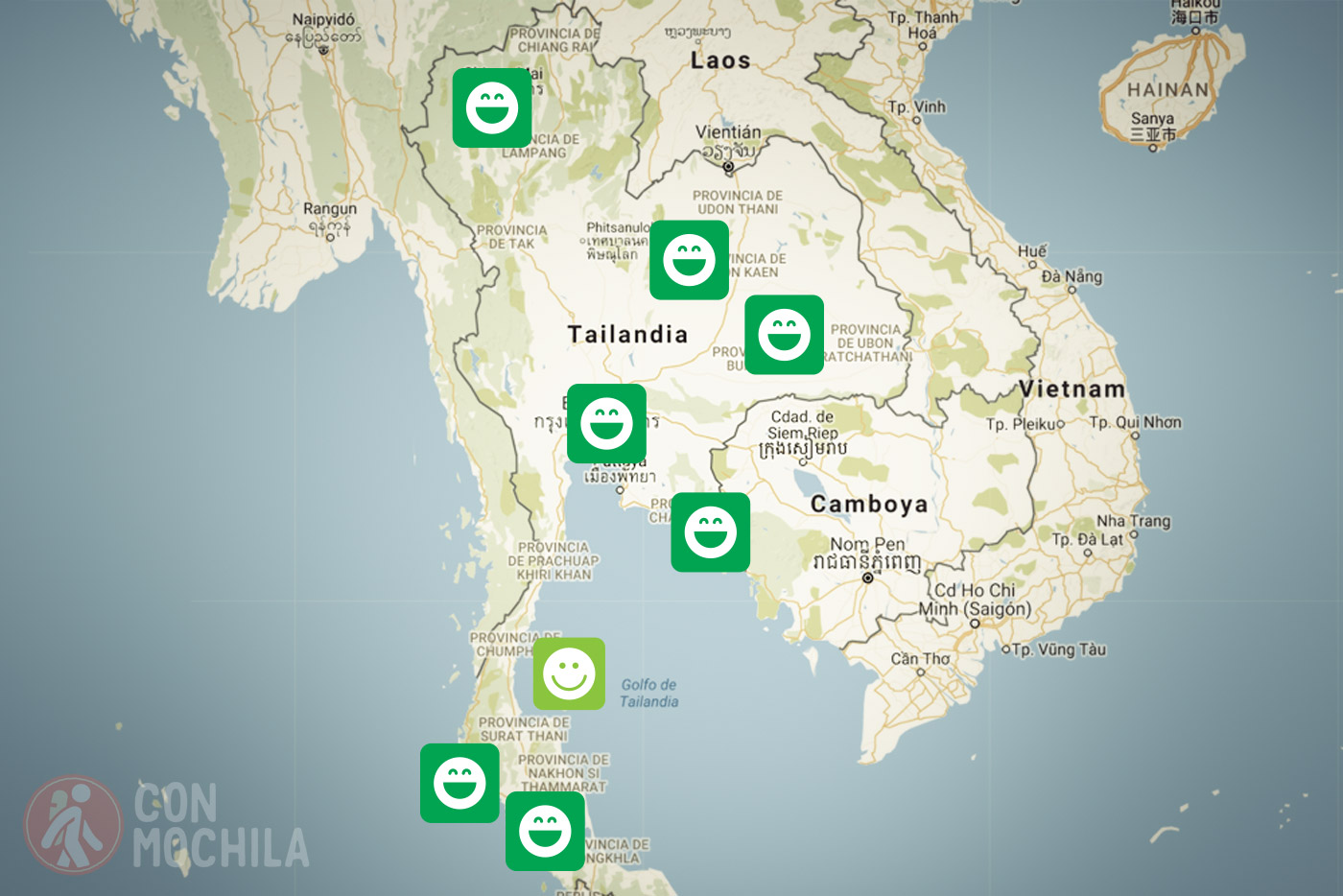
Northern Thailand is generally cool and dry, and nighttime temperatures in the far north can be a bit chilly. Bangkok is warmer and drier, with temperatures hovering around 20-23°C throughout the month.
Much of northern Thailand, areas such as Chiang Mai or Chiang Rai, is likely to experience cool and dry weather with little chance of rain. These favorable weather conditions make February an ideal month for outdoor activities in the north, and provide a break from the heat further south.
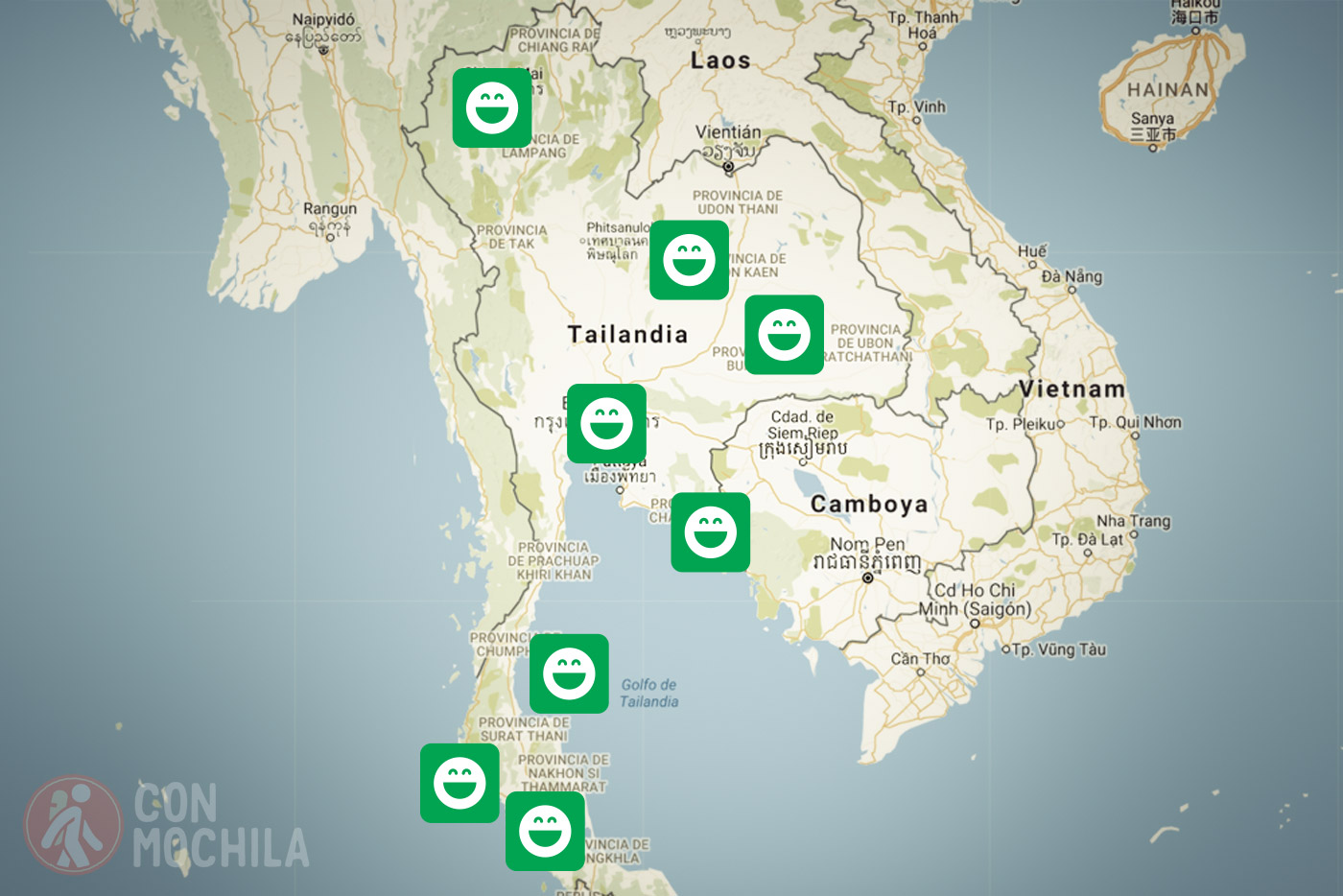
In Bangkok the weather is even drier and temperatures are warmer than in the north due to the low altitude.
During March, temperatures begin to rise throughout Thailand, especially in Chiang Mai and the rest of the north, where the cool weather disappears and gives way to summer.
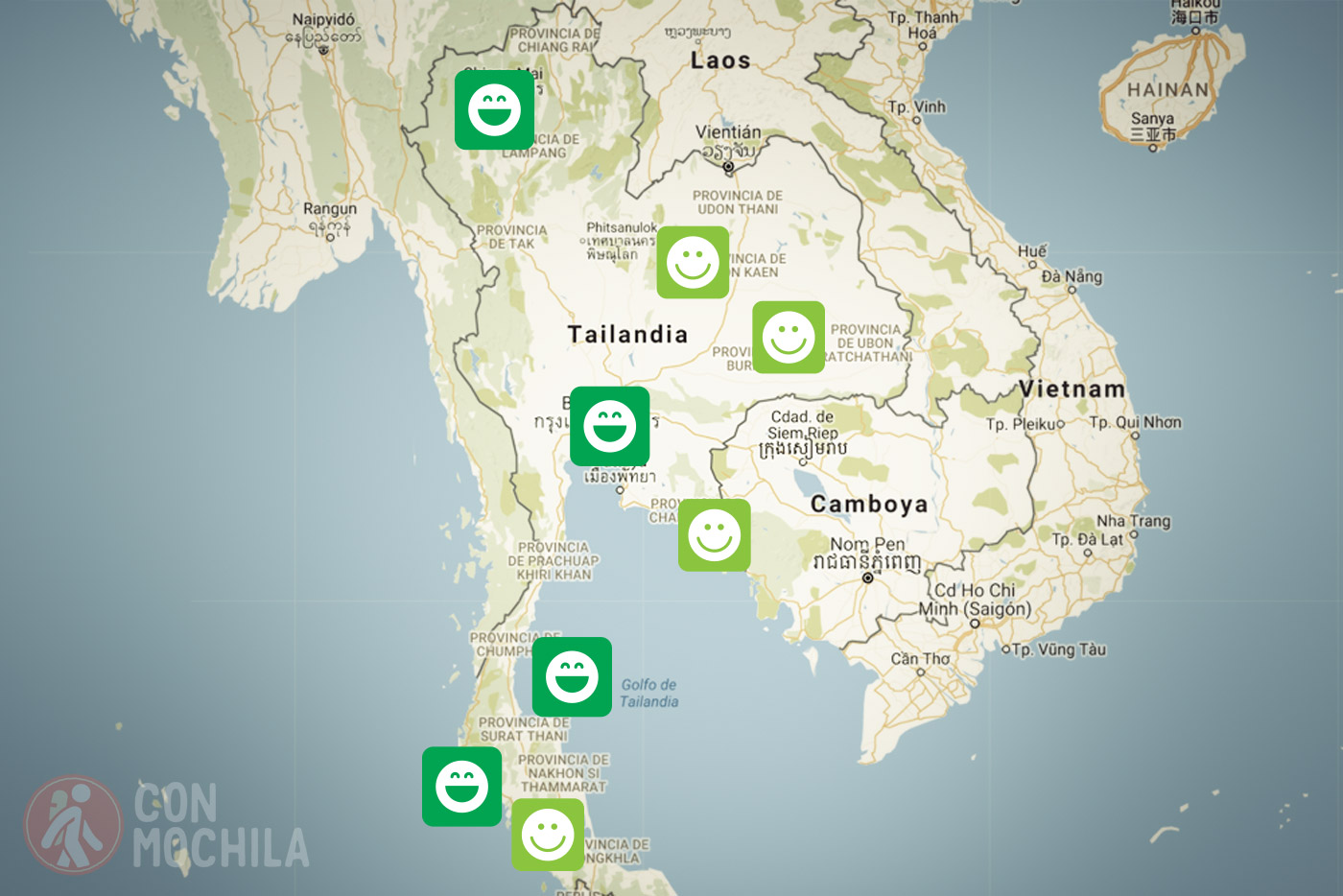
During this month, temperatures can reach 35°C during the day, and there is little chance of rain.
Unless you love the heat, avoid visiting Thailand in April. This is the hottest month of the year across the country, and the weather can be stifling, especially for travelers who aren’t used to these temperatures.
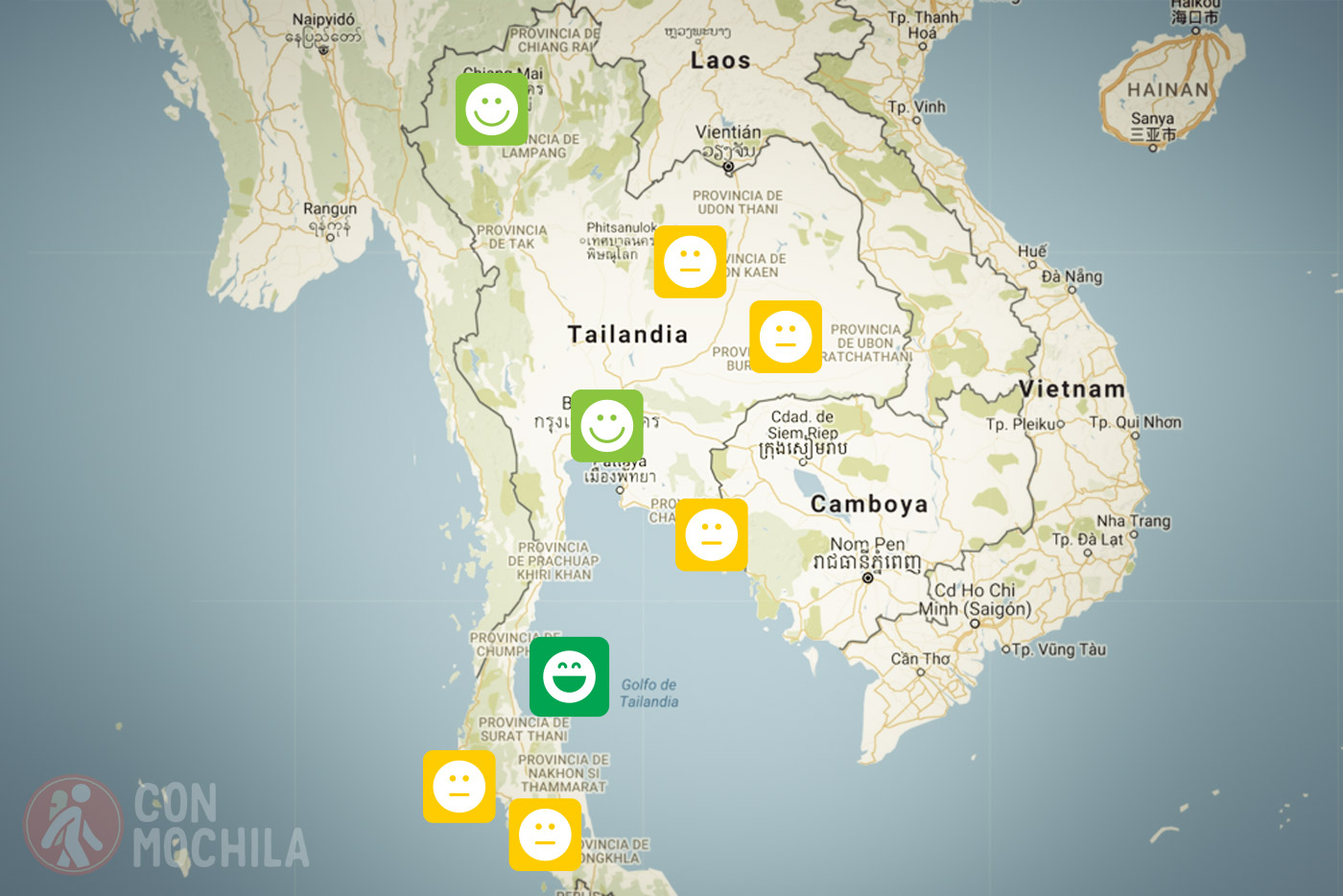
The intense heat and humidity in Thailand, with the monsoon approaching, is exhausting, so if you must come in April, look for accommodation with air conditioning…
Long awaited by locals, May brings with it the monsoon, and the stifling heat of the previous month dissipates.
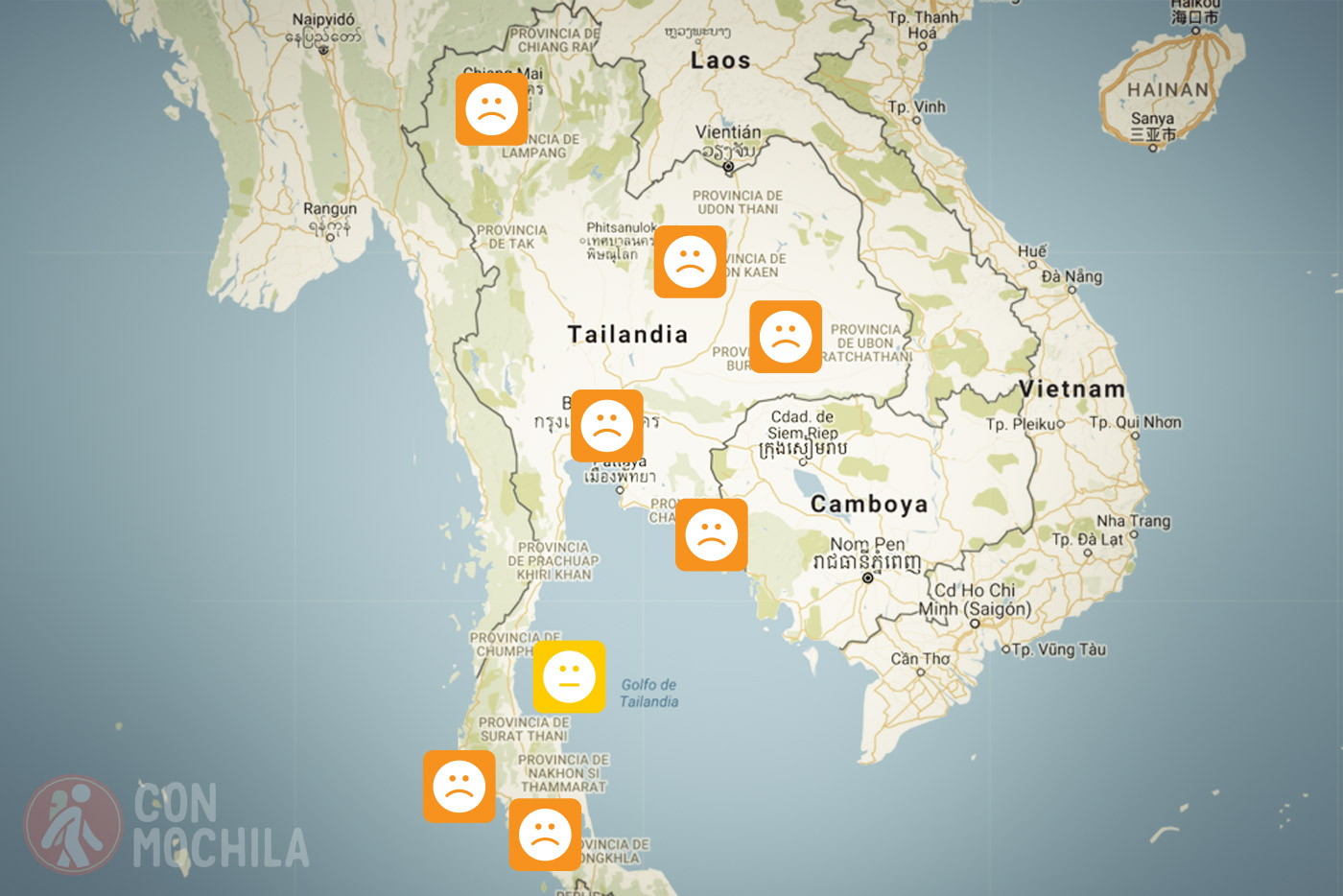
Although it is not so pleasant for tourists, do not despair, because the rainy season in Thailand is not synonymous with gray days but with heavy rains that last for a little while and in a few minutes give way to the sun again.
June is a very wet month as the southwest monsoon moves towards the center of the country. Temperatures drop slightly due to thunderstorms during the afternoons and evenings, and the sun shines most of the time when it is not raining.
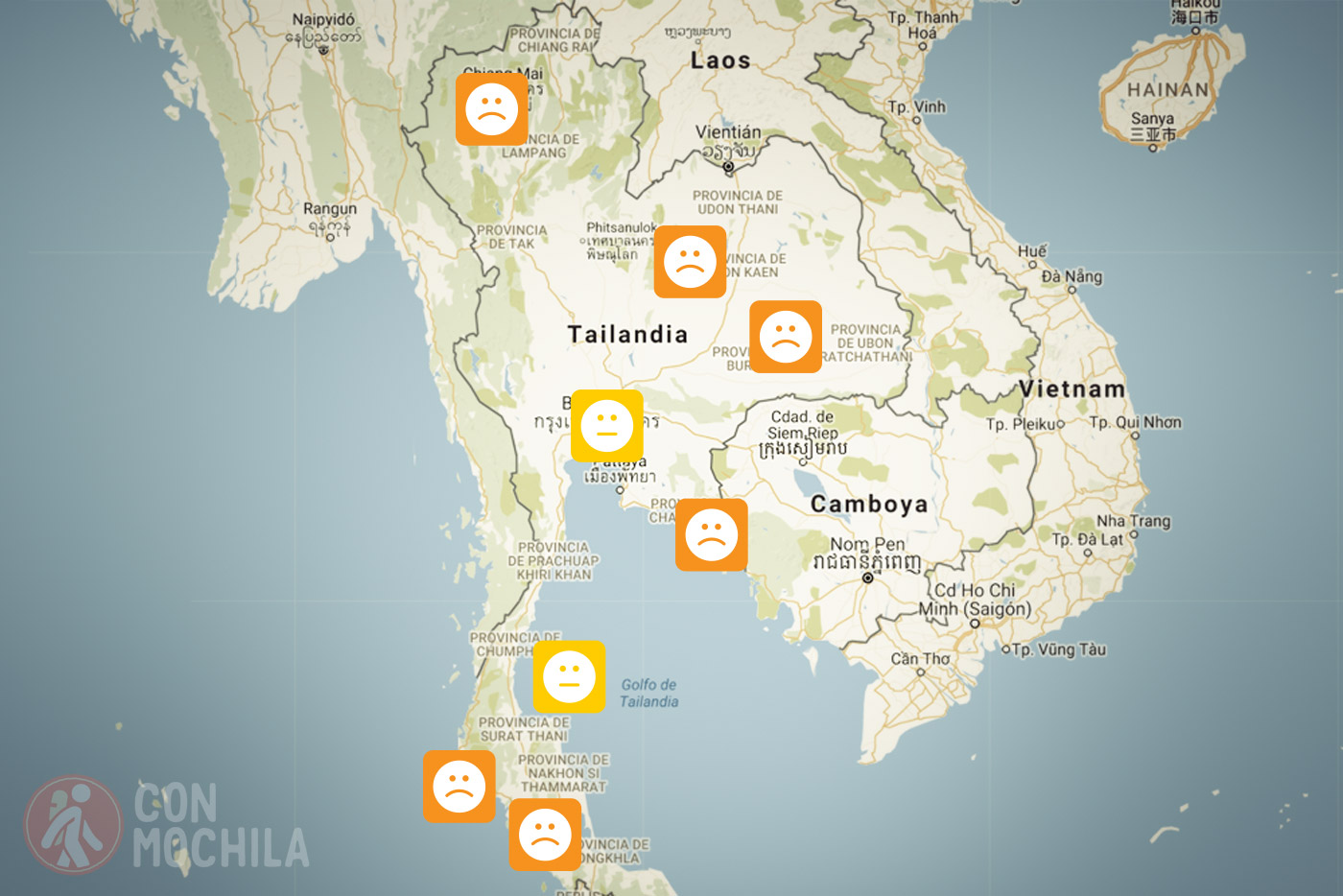
On the plus side, water transforms the landscape, making the countryside green and the rivers full of water. Beware of flash floods and leeches.
July is a month of heavy rain, although the sun shines and the heat returns. The Andaman coast is particularly wet, but you will still have the chance to return from your trip with a tan. It is the best time to see the waterfalls in all their splendor.
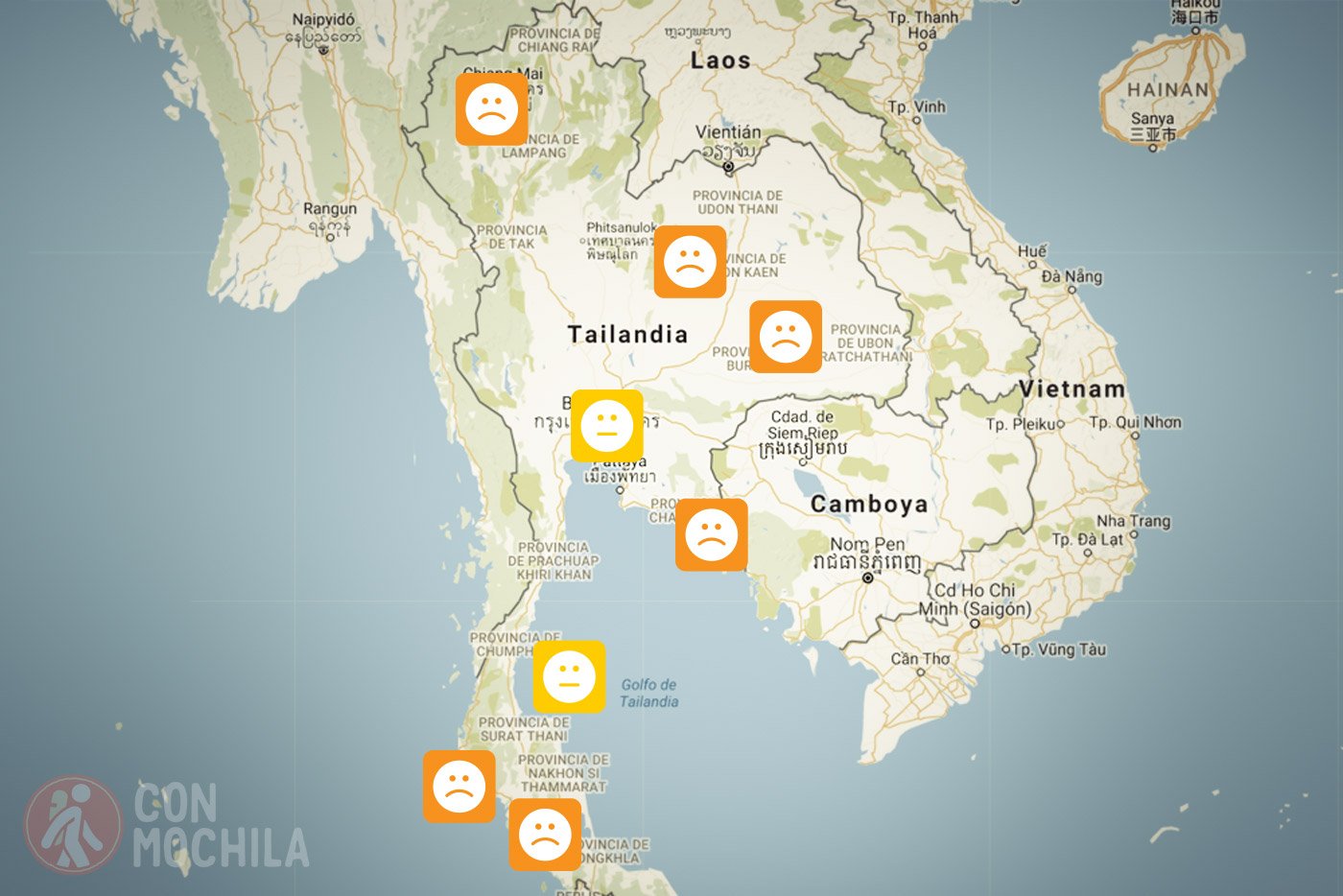
Beware of landslides and flash floods. The sea can be rough on Thailand’s west coast.
Rainfall is heaviest in August, with northeastern Thailand seeing the most rainfall. Some places, such as Bangkok and Trat province, experience flooding throughout the month.
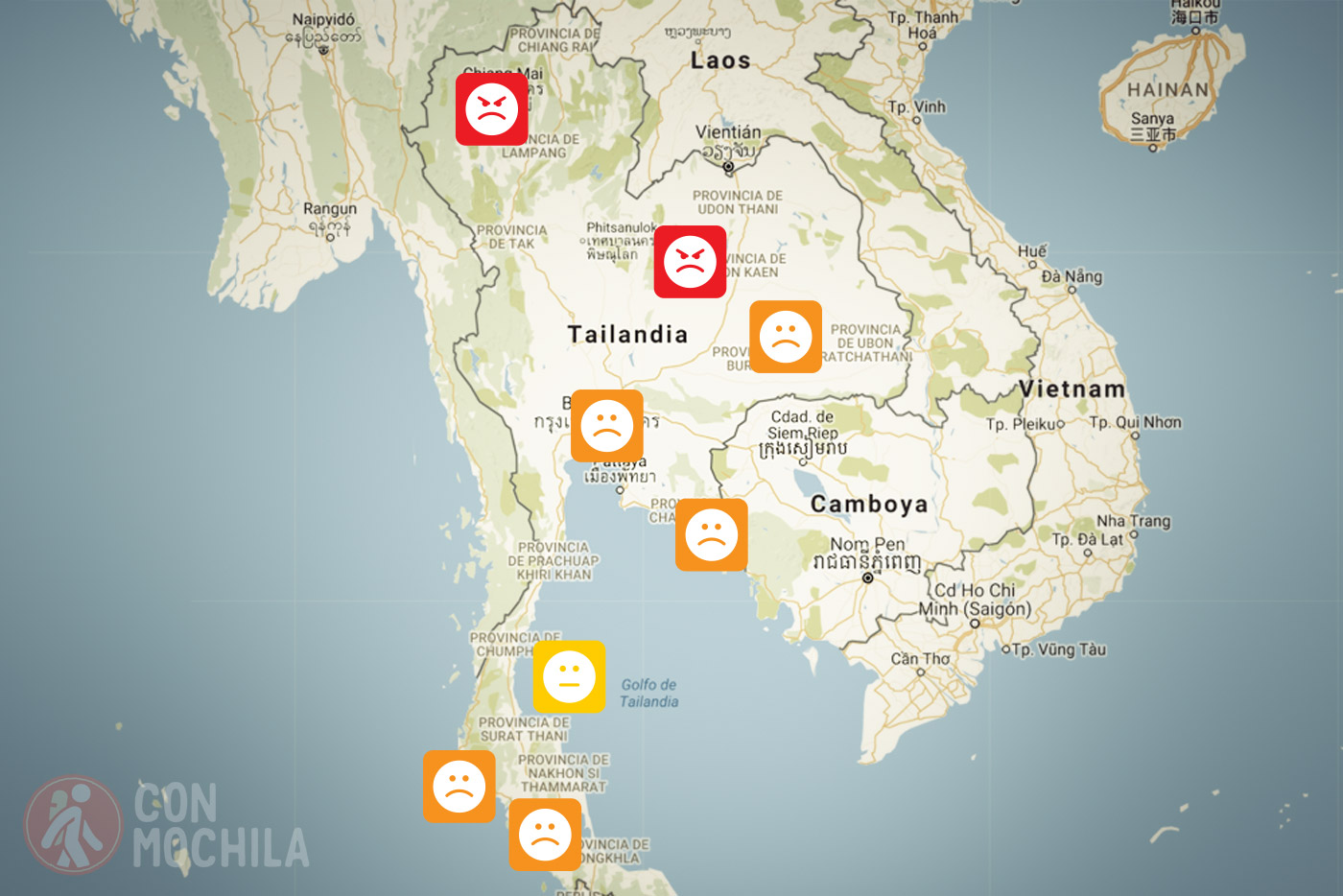
The islands on the Gulf Coast, such as Koh Samui, Koh Phangan and Koh Tao, are the best destinations for a vacation in Thailand during September, being drier and cooler than the rest of the country. Although this does not mean that these islands are completely spared from the monsoon.
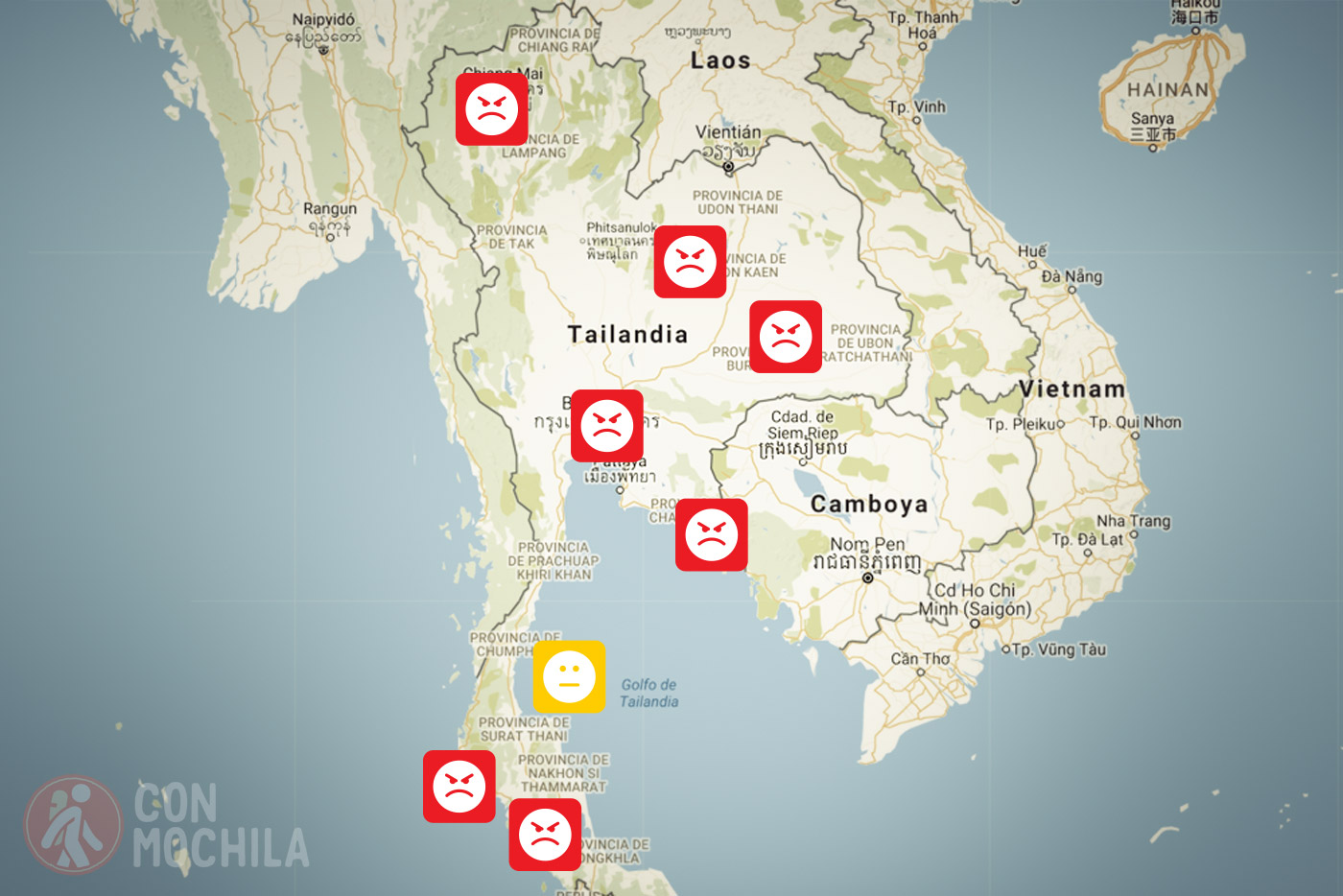
Central Thailand and Bangkok experience the worst rainfall during the month, and the Andaman coast is extremely wet, with rough seas.
It still rains on Thailand’s islands and southern coastal regions in October, but the monsoon begins to withdraw from central, northern and northeastern areas of the country.
In Bangkok and central Thailand, October still brings some rain, but its frequency, duration and volume decrease dramatically, particularly in the second half of the month, when the wind begins to change direction.
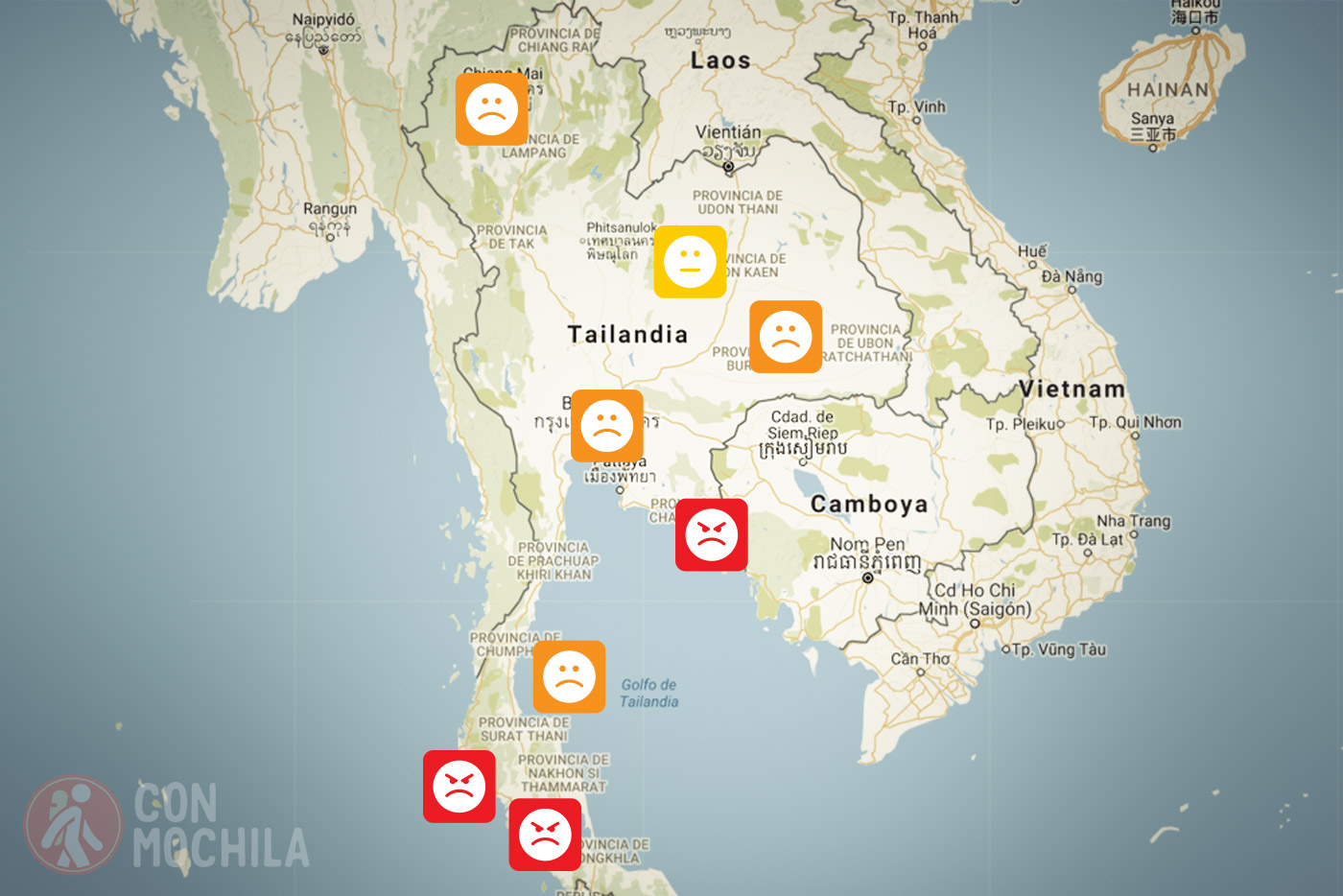
Similarly, the rain is moving away from the north, which enjoys moderate temperatures. It is a pleasant time to spend a vacation in this area, especially for hiking.
By November, rain has virtually disappeared from much of Thailand, especially by the end of the month. Humidity disappears and temperatures remain relatively low (by Thai standards).
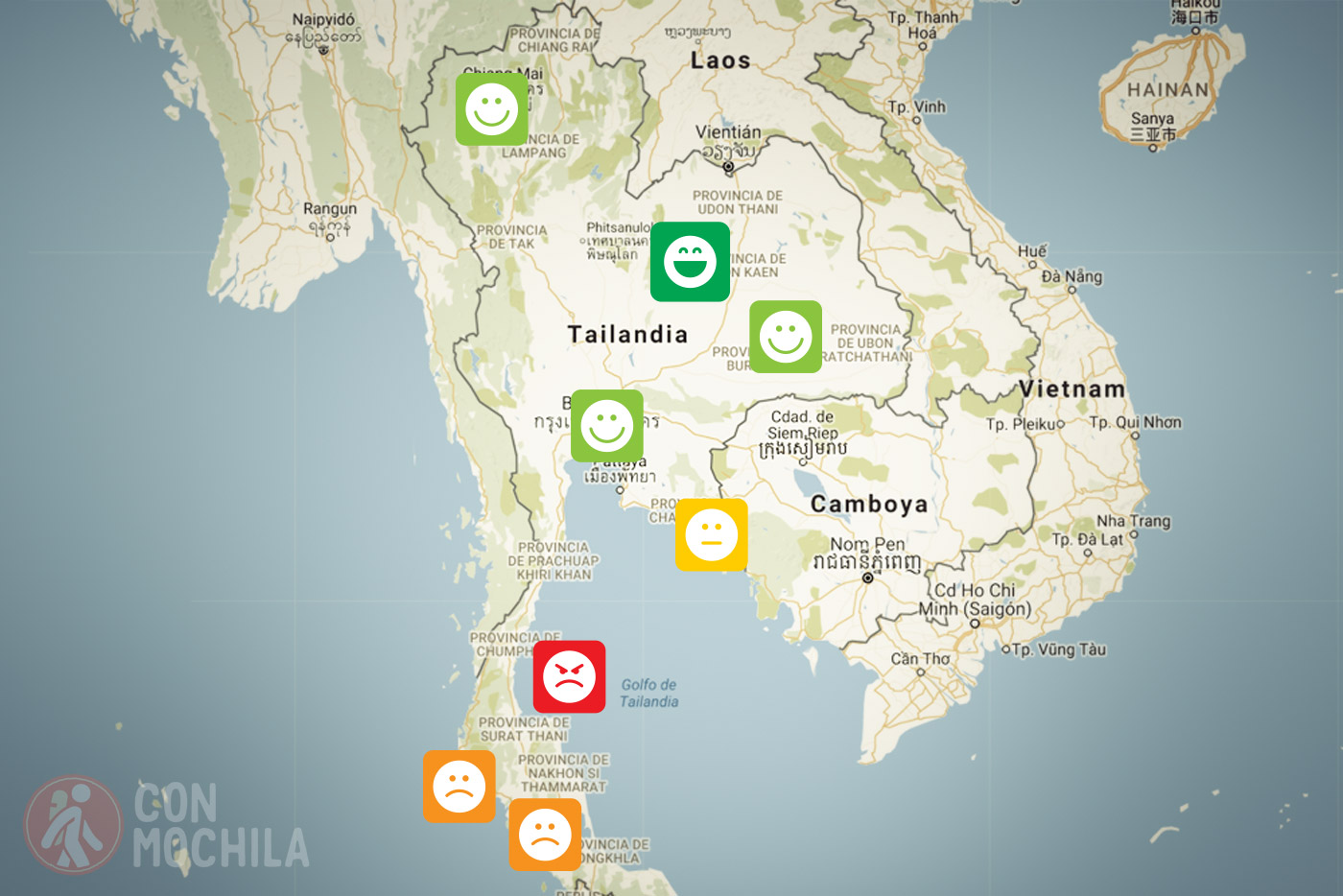
November is a good time of year to visit Chiang Mai, Chiang Rai and northern Thailand. The region enjoys sunny, predominantly dry days with pleasant temperatures conducive to outdoor activities, although it should be noted that night temperatures in the north can be a little chilly.
December is one of the best months of the year to travel to Thailand: it hardly rains, the temperatures are pleasant and the sun is very bright without being stifling.
Low humidity levels and an average temperature of 26°C in central Thailand and Bangkok are ideal for tourism.
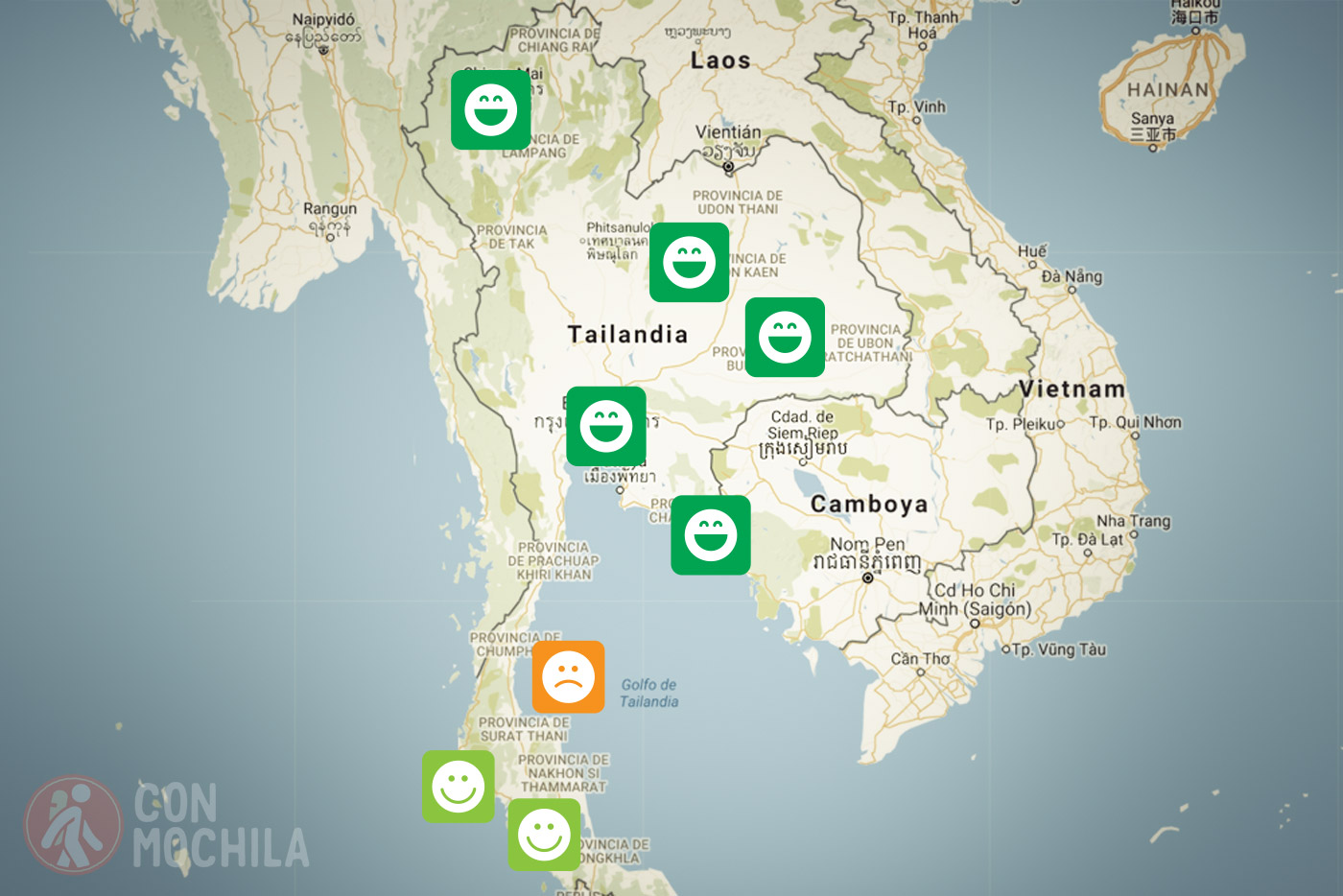
The north of the country also enjoys favorable climatic conditions for hiking in the Golden Triangle region and in the Chiang Mai countryside, with temperatures slightly cooler than in Bangkok (average temperature: 23-25°C).